I’ve said it before, and I’ll say it again: my most sincere and personal mission in this world is to get as many people as I can into the world of racing. And I think I’ve finally cracked the code on how to do exactly that. It’s not by watching endless seasons of Netflix’s Drive to Survive, or hitting your local K1 Speed Factory to try your hand at racing for the first time (although I highly recommend it anyway). Nah, what you gotta do is make a trip to the incomparable Laguna Seca Raceway.
Tucked into the rolling hills of California’s Central Coast is a track saturated with the best views and even better weather, hidden amongst vineyards and adorable small towns. In stark contrast to the serene peace of the environment is the banshee-like screams of engines that range from twin-cylinder motorcycles up to the naturally aspirated V12 in IMSA’s Aston Martin Valkyrie.
Why’s it so special though? Two words … or actually one word. Is it hyphenated? It feels like two words, but the dictionary has it as one? Screw it. It’s the Corckscrew.
The Corkscrew
In my opinion, this is irrefutably one of the best sequences that you can find on any track in the world, which is wild considering its competition. The Circuit de la Sarthe (where the 24 Hours of Le Mans is held) is known for extremely long straights that once recorded a top speed of 253 MPH, and sent cars flying into the trees due when the extremely high speeds mixed with some faulty aerodynamics.
The Nurburgring, depending on its configuration, has up to 170 turns in its nearly 16-mile length and remains the default testing ground for sports cars worldwide. Laguna, by comparison, is just 2.238 miles and 11 turns, but the Corkscrew is uniquely terrifying: a full throttle push toward a blind crest into a left-hand turn that drops 59 feet (the equivalent of five and a half stories) in the space of just over just 150 yards, before emptying into an equally tight right hander and another full-throttle punch out of the turn.
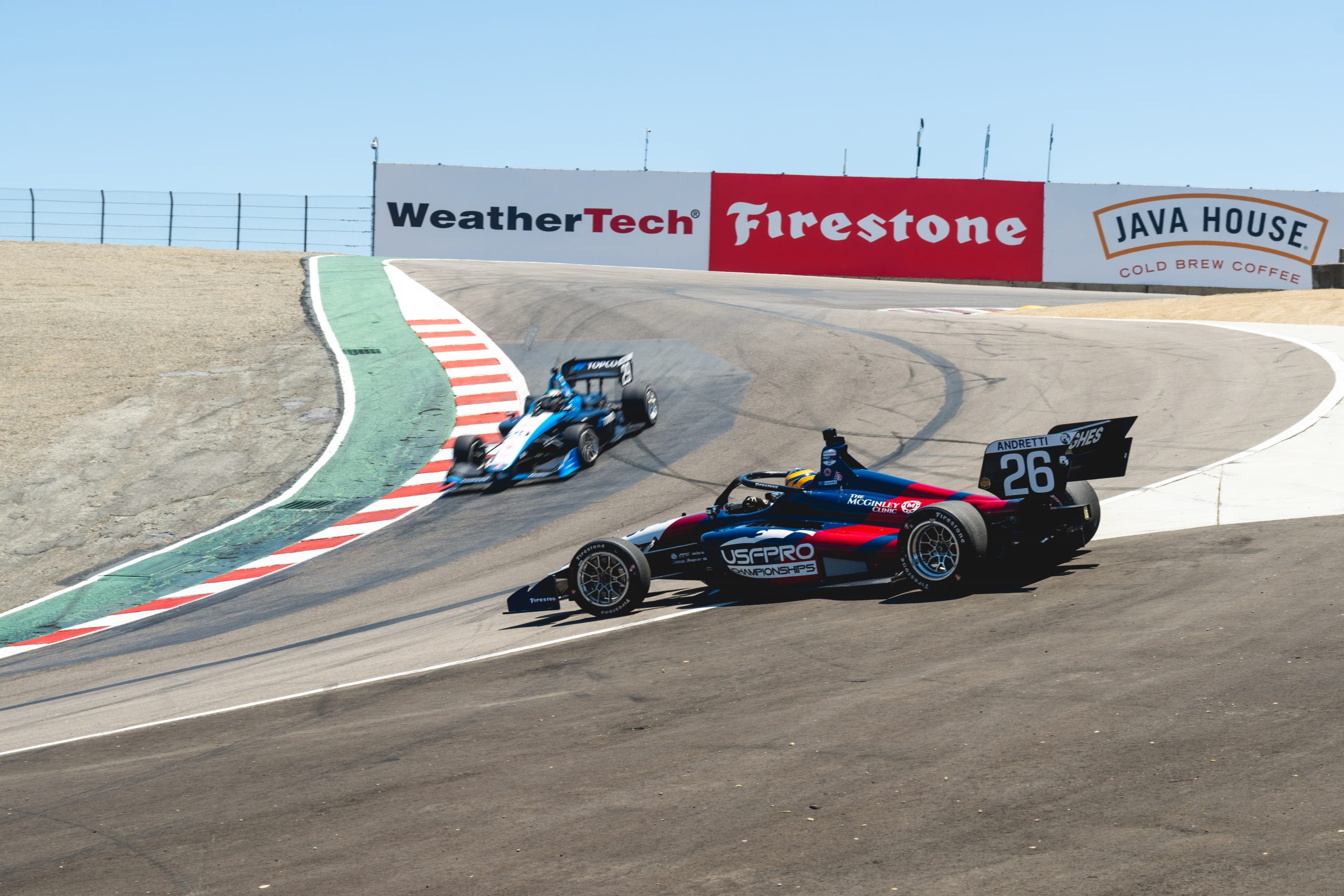
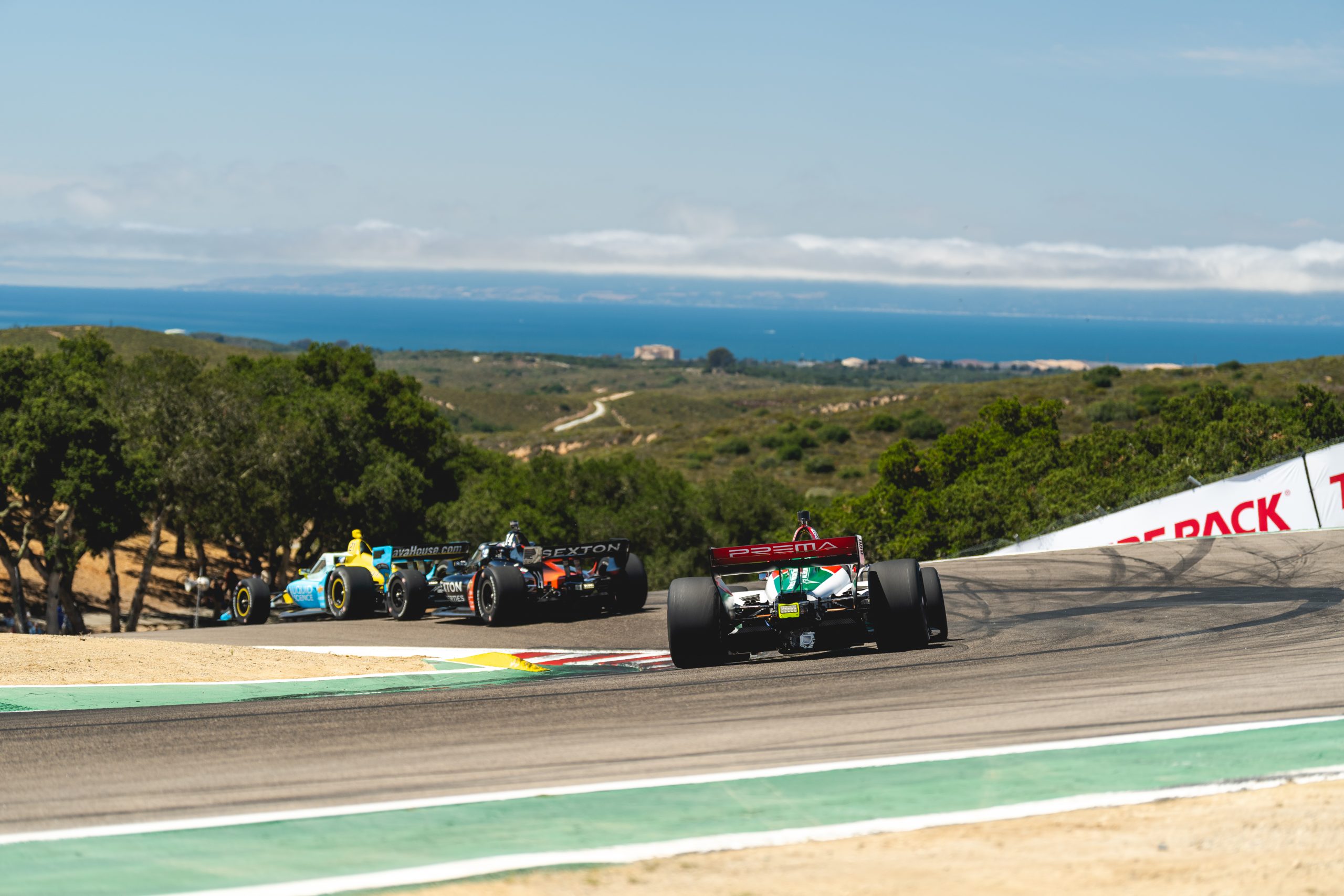
Here’s a helmet-camera view of The Corkscrew:
From the beginning of the Corkscrew at turn 8A until turn 9, you drop over 10 stories in just a few seconds. That’s a lot if you aren’t fully grasping it. To further illustrate how insane the turn is, check out this video of the IndyCar commentators joining Chip Ganassi driver Kyffin Simpson on a lap in a Civic Type R where you can see the fear in Will Buxton (passenger seat) as they hit the turn.
It’s also worth noting that Buxton is the only one there without professional driving experience, so what you’re seeing is the genuine reaction from a man whose mouth usually does more work than the rest of his body.
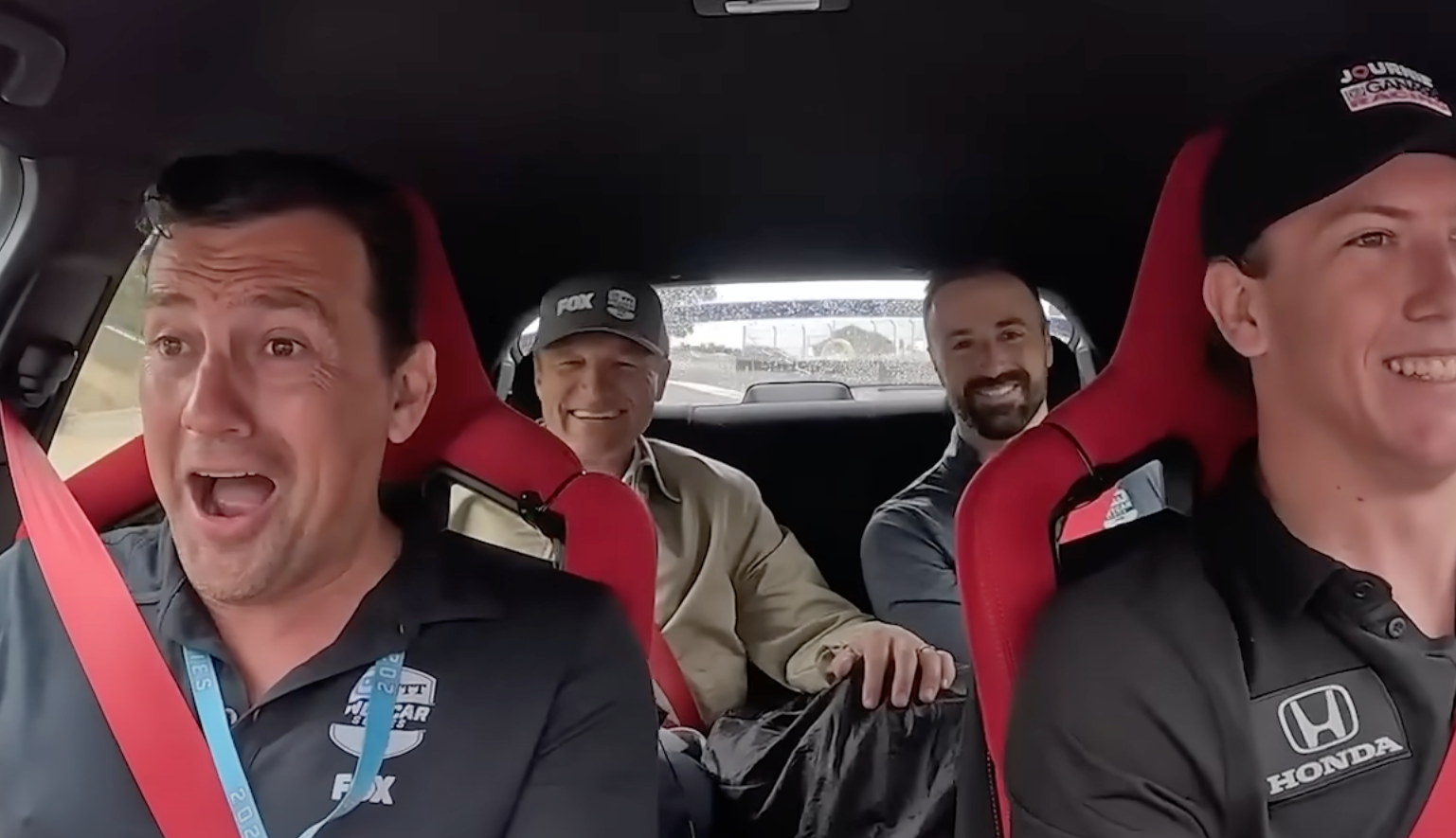
“The Corkscrew here is just incredible, right?” said Kyle Kirkwood, the driver of Andretti Motorsports’ No. 27 car. “That feeling that you get when you turn in and then you’re just looking off into the sky, hoping that you land in the right place and you never really know if you do or don’t, because you never see the second apex.”
The five-time race winner Kirkwood isn’t the only one to give the turn its roses; here’s word from six-time champion Scott Dixon:
“You got the Corkscrew, you know, it’s a famous corner. It’s quite a technical one and not one that I’d say all the drivers love, because it can definitely make or break your lap as well.”
I appreciate the wisdom from one of the most decorated drivers in history, but take it from me, a certified Keyboard Warrior who’s never driven the track outside of a simulator: he’s right. Just look at this pass from 1992 that’s still hotly contested today.
There’s a lot to be said here. Was it a deliberate pass, or a man out of control on one of the craziest parts of a track? Nowadays, it’s largely agreed that Zanardi’s off-track pass is flat-out bad by modern standards, but there just weren’t many rules about overtaking off track back then. With Dixon’s assessment of “make it or break it” in mind, it feels like that pass was a “make it” moment for Alex Zanardi. (And let the record show, Dixon approves of the pass)
The Rest of the Track
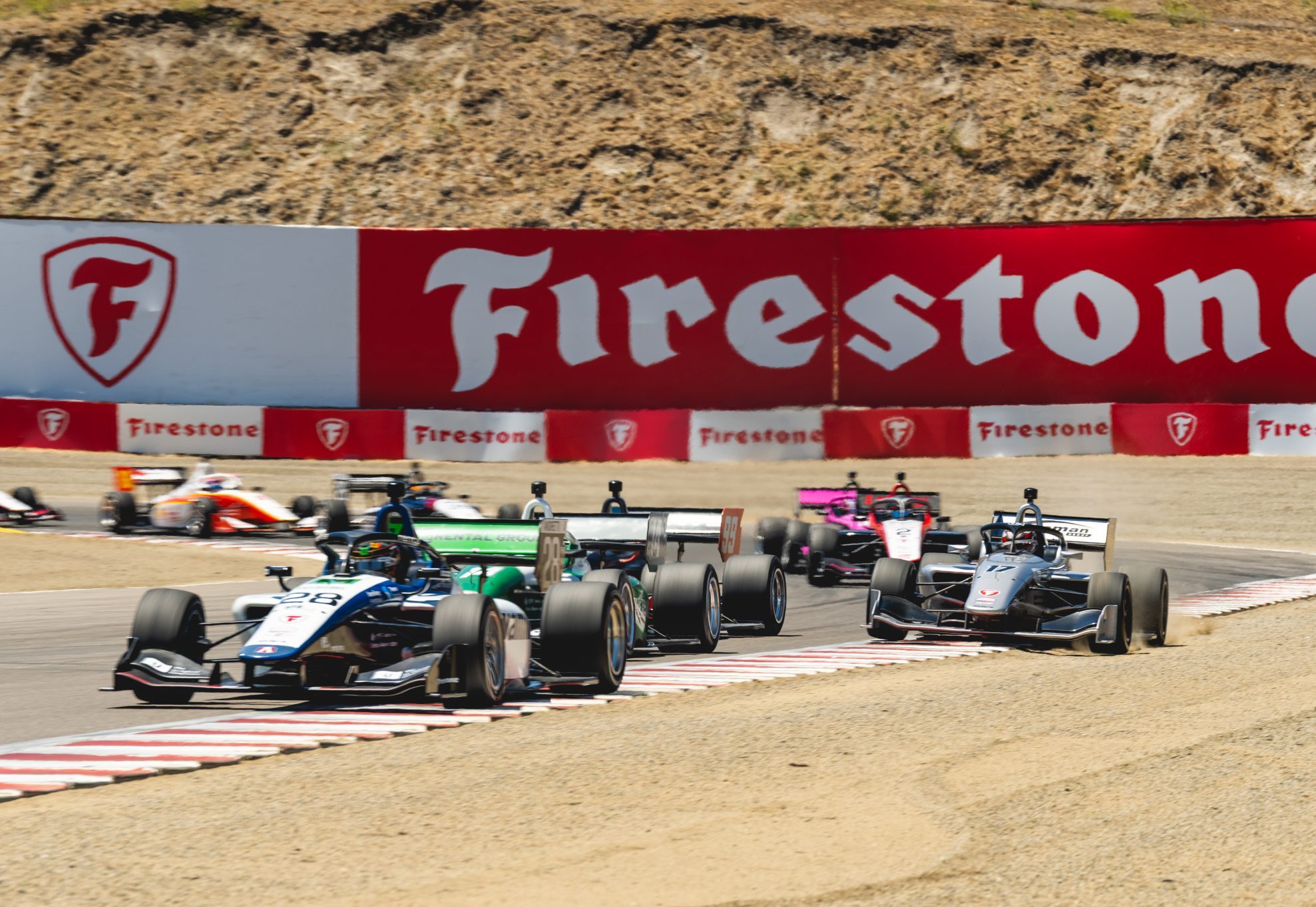
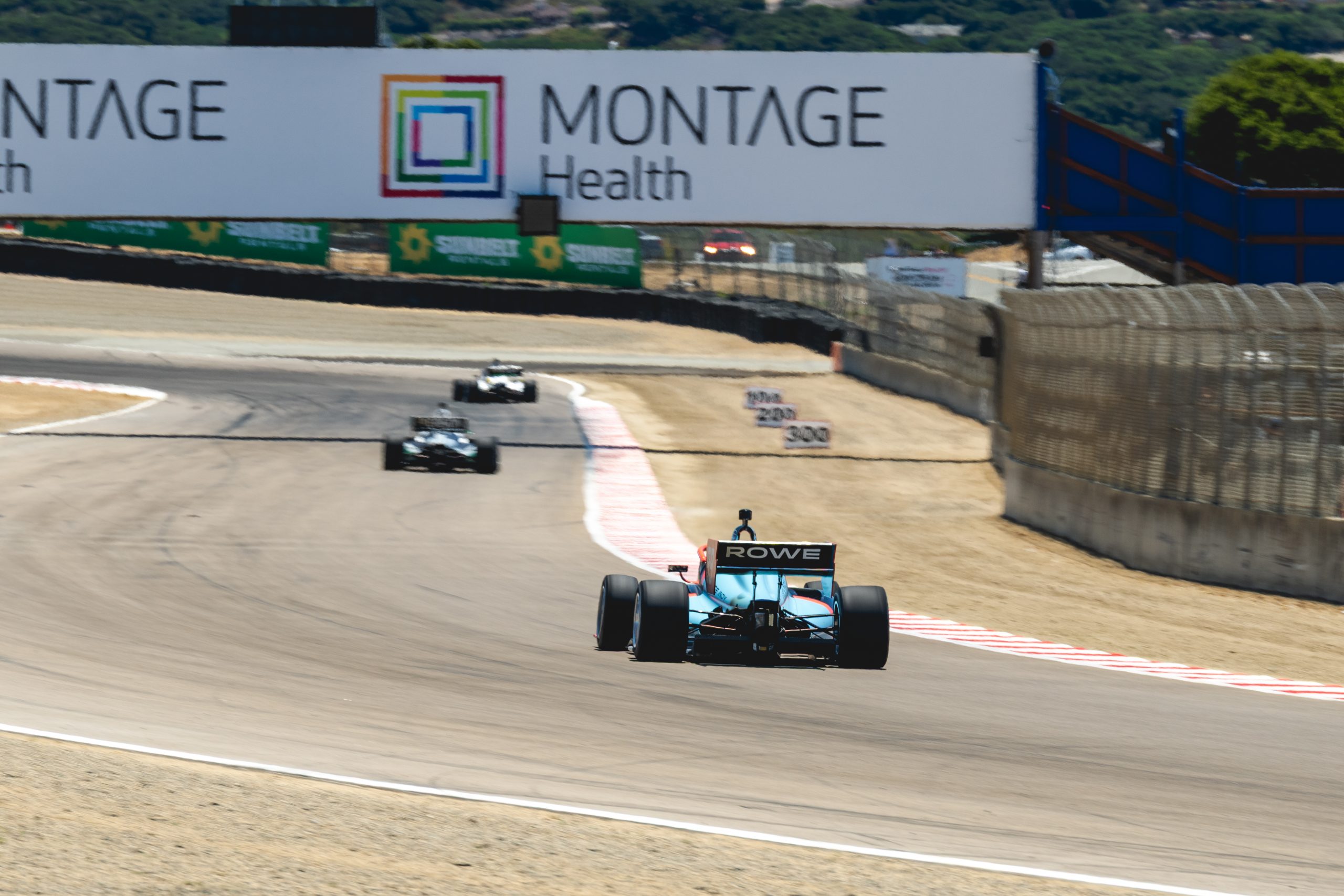
It’s not just the Corkscrew that makes the track worth it, though, because there’s a lot of intensity across the rest of the track, too. Here’s what Arrow McLaren driver and area local Nolan Siegel had to say about it: “Turns like three, four, five, six are super fast, super high commitment, and that’s the difficult section of the track. […] It’s always fun when the car feels fast and it feels gripped up […] that’s what you want when you’re driving an IndyCar.”
Once again, I’m gonna tell the professional driver to sit back so I can speak from firsthand knowledge as an aggressively amateur and mediocre sim racer: turns three through six sucks if you don’t know what you’re doing. I don’t know if I’ve ever hit it perfectly, and I’m confident there’s always so much more speed to give than what I already have. Here’s me attempting just one lap of it to show you what I mean:
The Spectator Life
Hearing firsthand testimony and seeing clips of people on the track only means so much, though. Why should you care about it enough to go? It’s really simple: the ambiance.
For years, I’ve said to friends that the best way to experience a race is by actually being there, feeling the tremors of the ground underneath you as the 20-30 cars blow by you at nearly 200 mph, and hearing the noises they make when pushed that hard. It’s a spectacular sensory overload that brings out massive crowds at tracks worldwide, and for good reason.

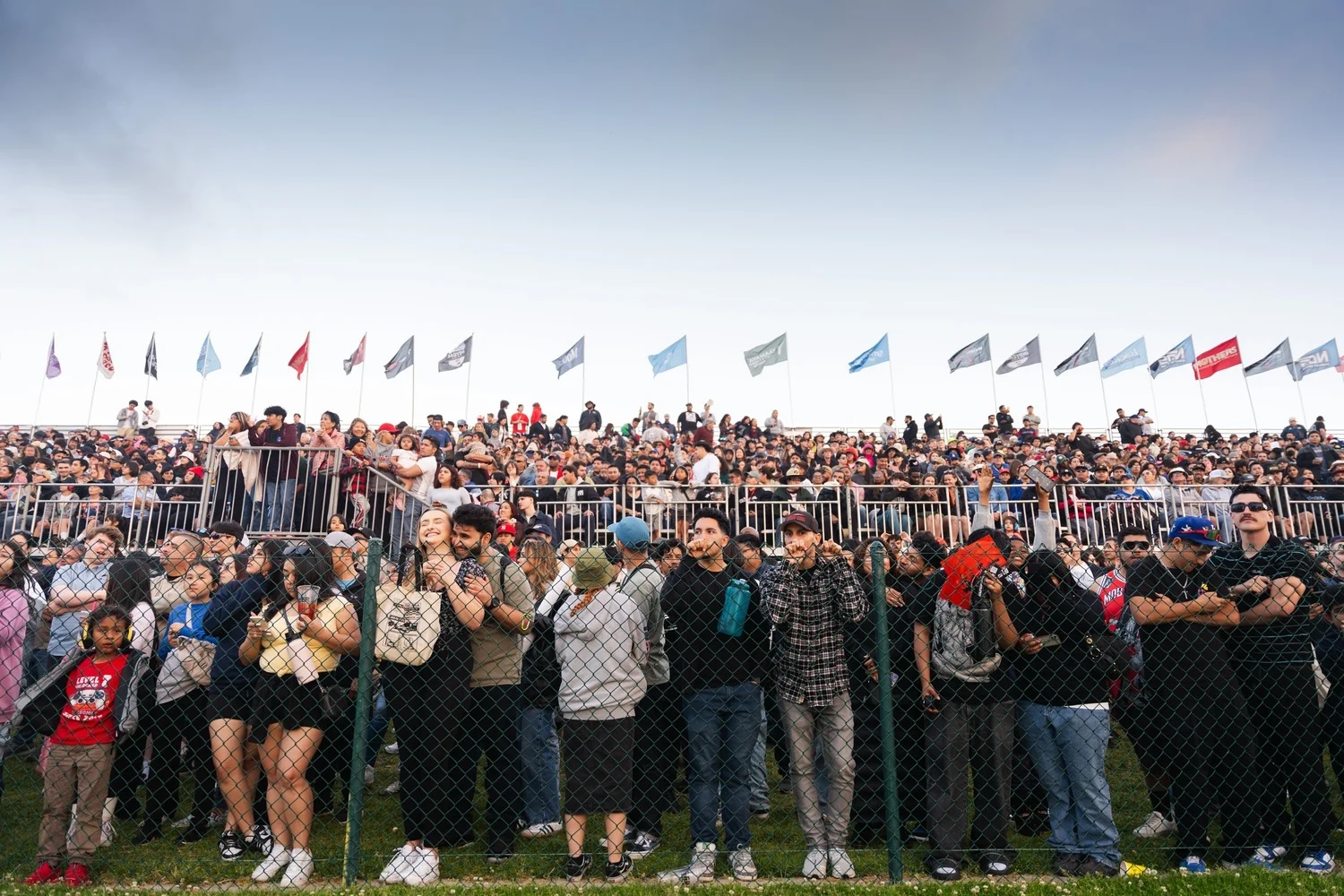
The difference between Laguna and those tracks, however, is that the stands are often pretty empty at Laguna Seca, and not for lack of sales. Very few folks park it in the bleachers because, in my experience, accessibility at the track is second to none.
Instead of sitting in one spot for hours, why not take a short hike towards the massive hill in the infield that gets you a view of over half the track? We’re talking both technical areas and the high-speed straights, all without needing to turn your head as much as 10 degrees in either direction.
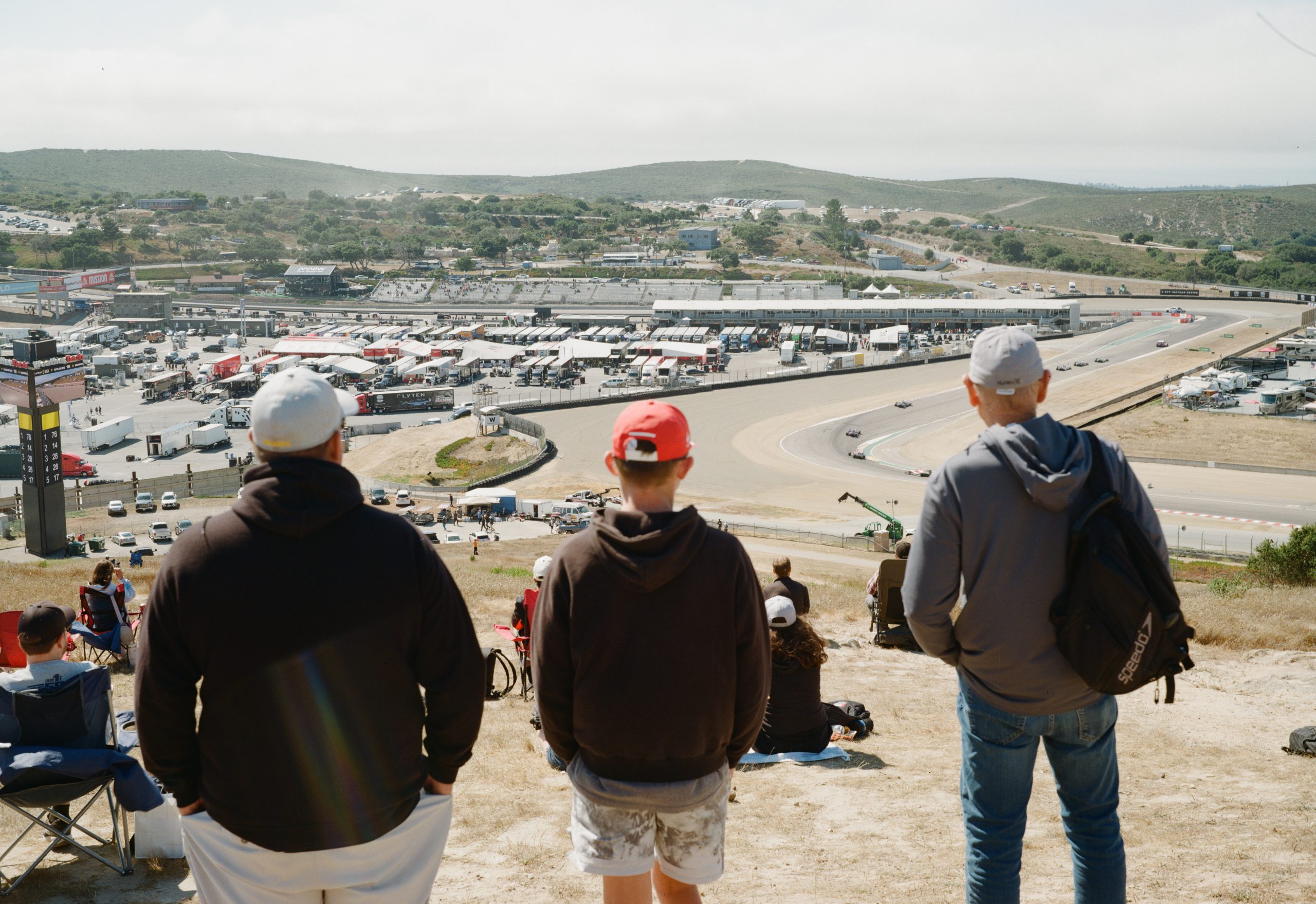
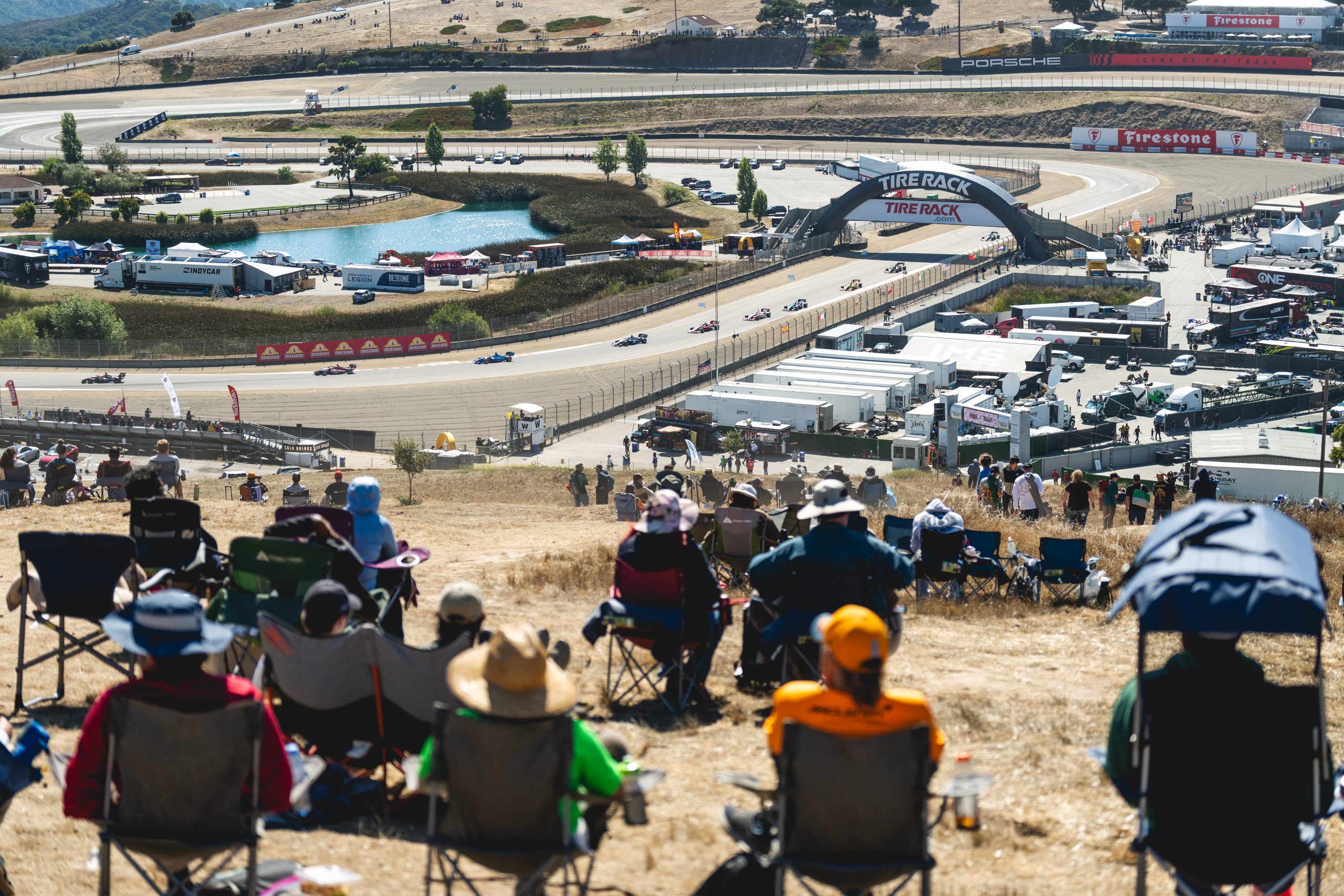
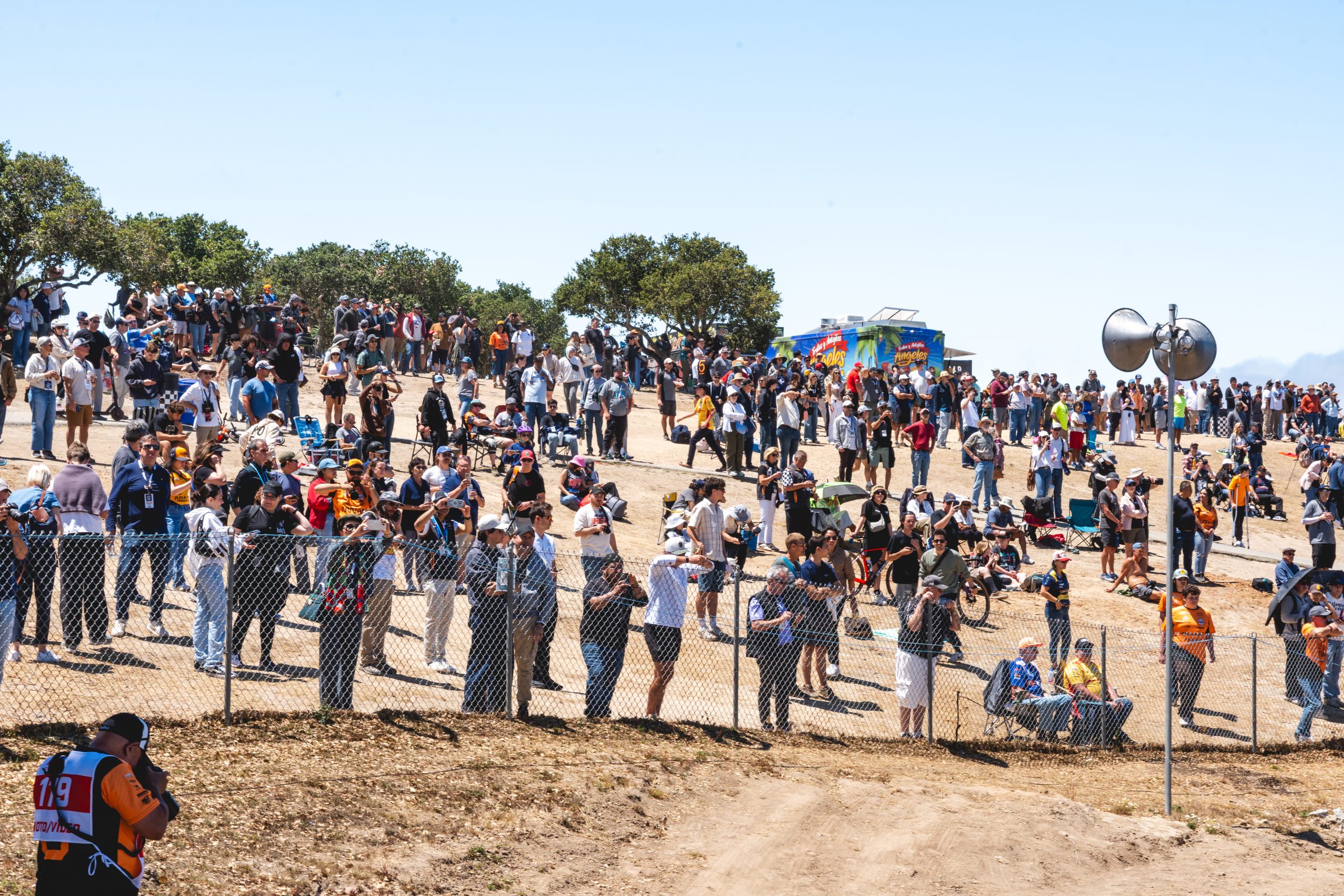


At the risk of beating a dead horse about the Corkscrew, the truth is it’s just as incredible to see as a spectator. When the drivers hook it back to the right during descent, they’re on three wheels while fighting for control of these land-based rocket ships. Imagine understeering towards a straight while squeezing back on full throttle, working with at most 75% of your maximum grip thanks to one wheel freely spinning in the air, all so that you can drag race your way towards the final hairpin before the finish line.


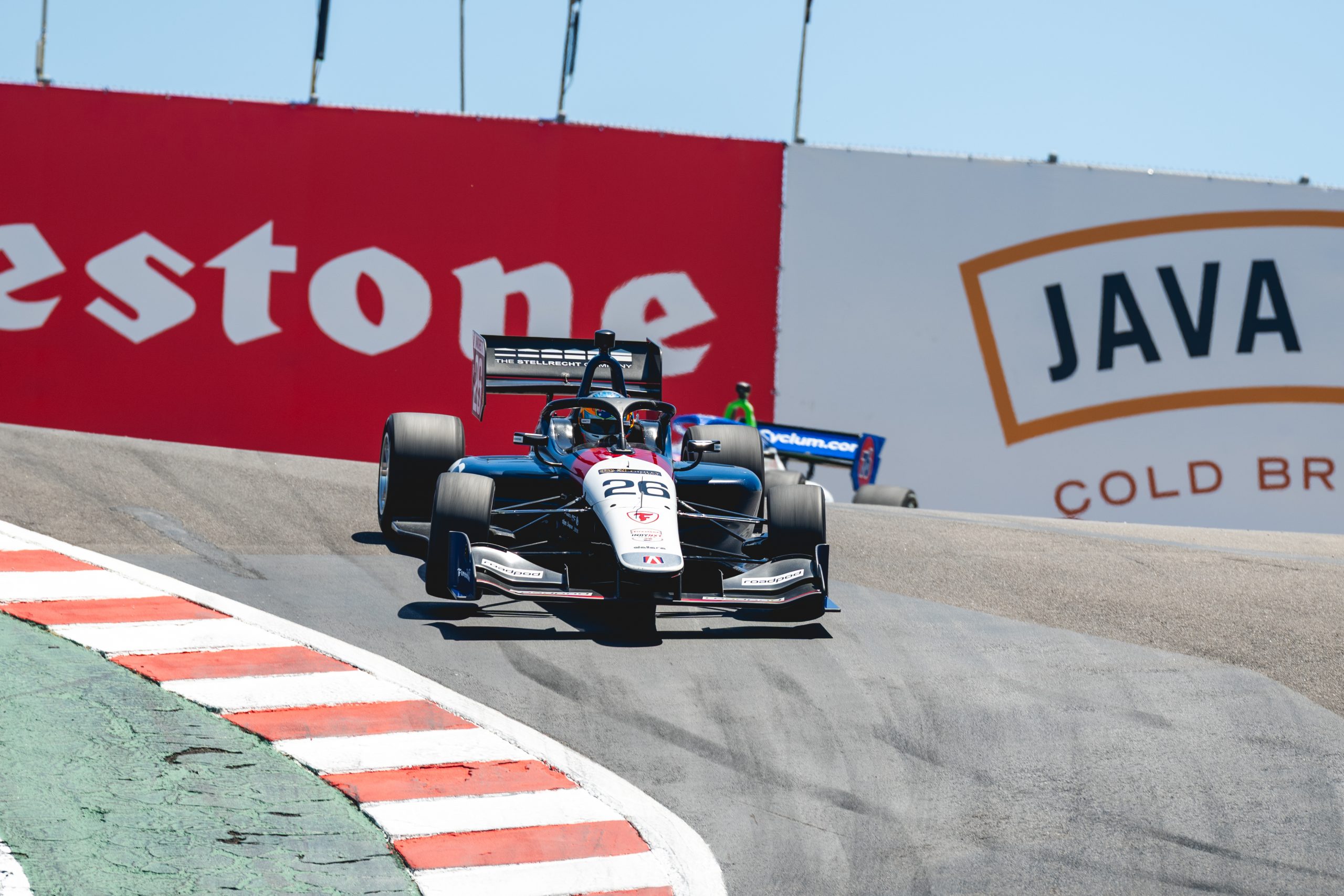
And because the Corkscrew is preceded by another long straightaway, there’s a huge gravel runoff section at the top of the hill that gets a decent amount of play, whether it’s from contact, unforced errors, or, in the case of certain C8 owners, brake failure.
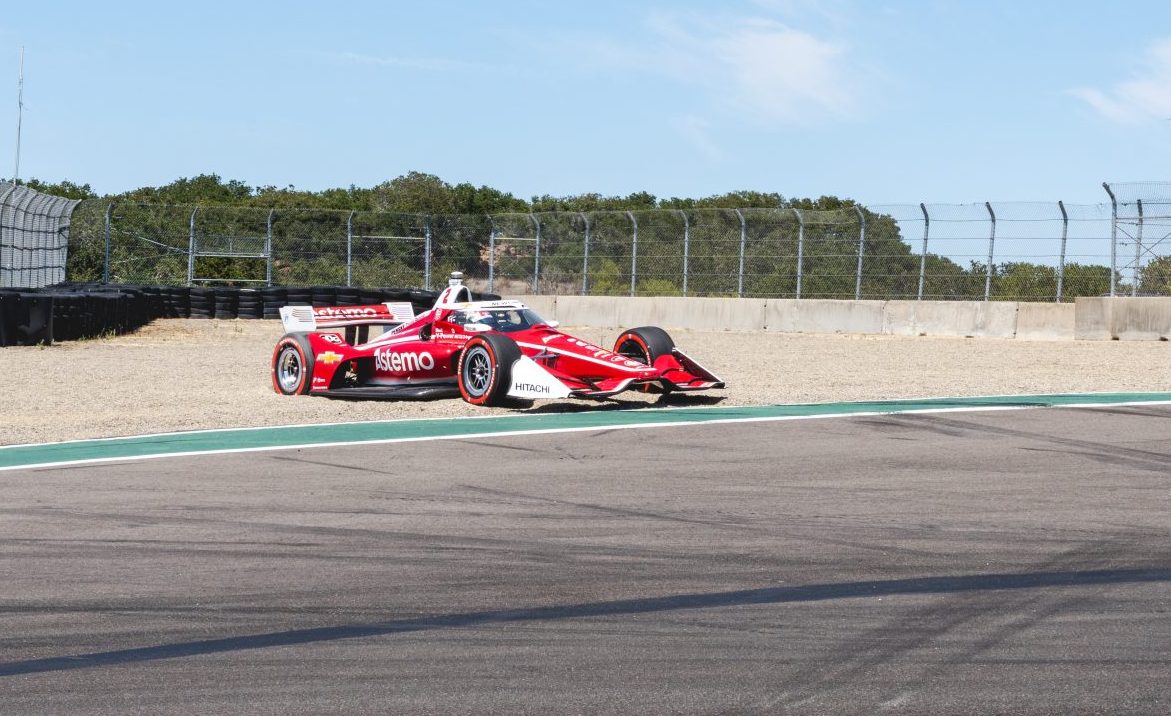

Maybe you just want to bump shoulders with the drivers? The paddock is entirely open to the public, meaning you can just walk up to the trailers and watch teams prepare their cars and drivers ready up before the green flag falls.

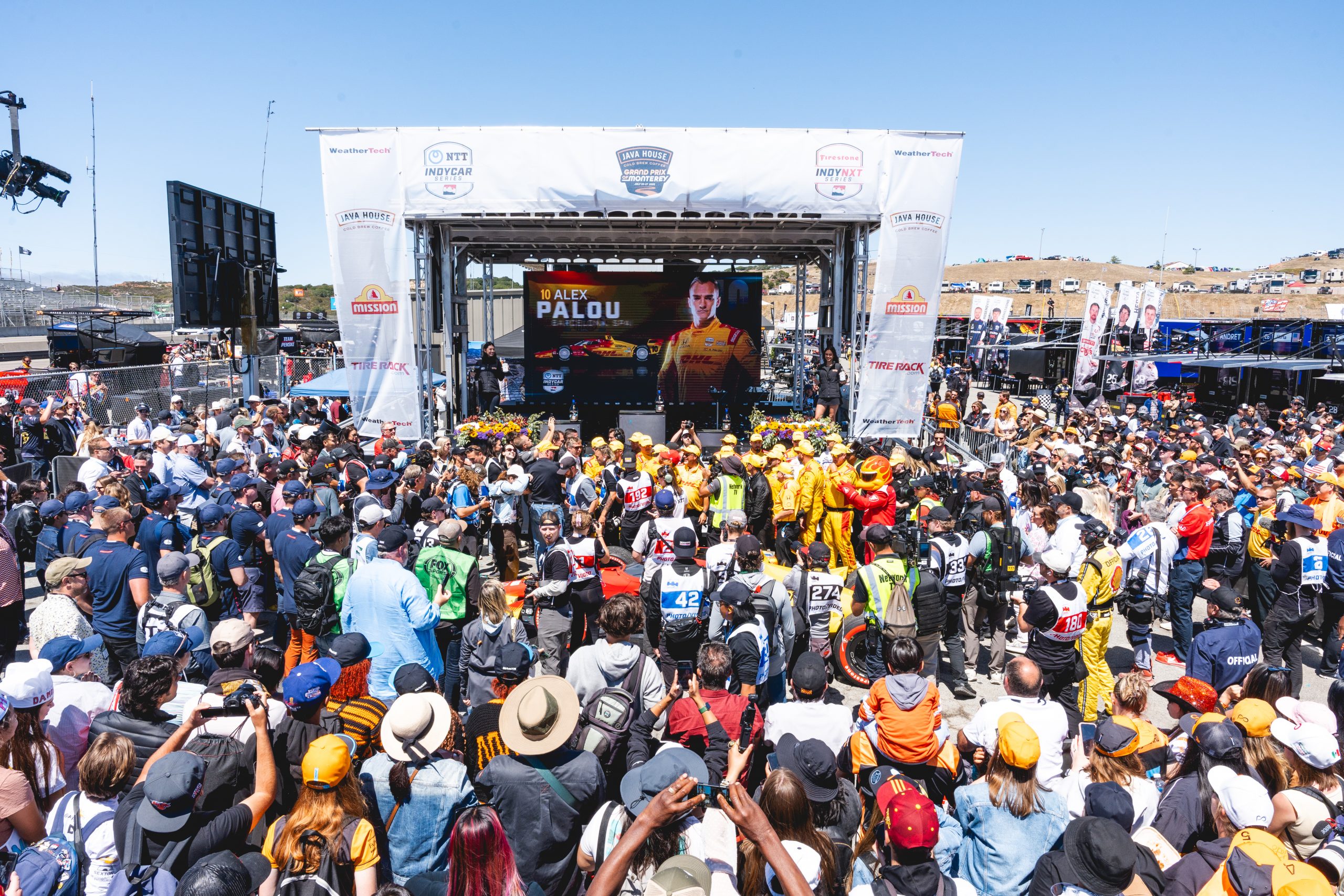
My last-ditch effort to convince you to go there is a simple one that I hope appeals to you: it’s also just a straight-up campsite, meaning you can combine a love of the outdoors with a love of racing, all in one fell swoop. One of my favorite memories of my first time photographing there in ‘23 is waking up to the deafening Porsche GT cars racing in the Sprint Challenge. Gone are the days of a rooster waking you up in the morning; it’s time for the animal Ferdinand Porsche himself made to wake you up at the crack of dawn! Huzzah!
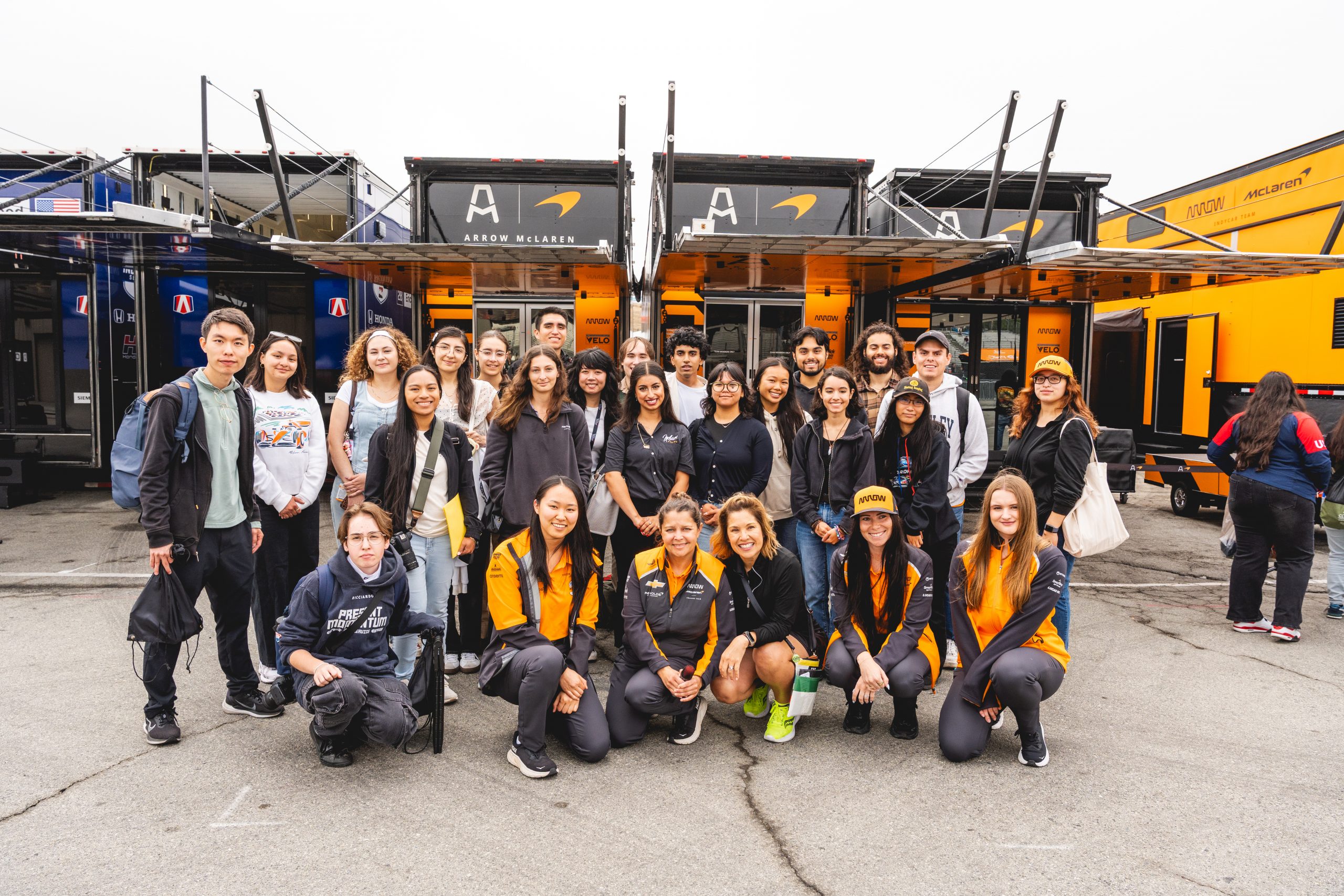

If you don’t like the outdoors or racing, though…I (respectfully) don’t know what to say to you, so I’ll end it with this: just try it. Worst case scenario, you didn’t like it, but I’m very confident you won’t regret it. The track will take care of you.
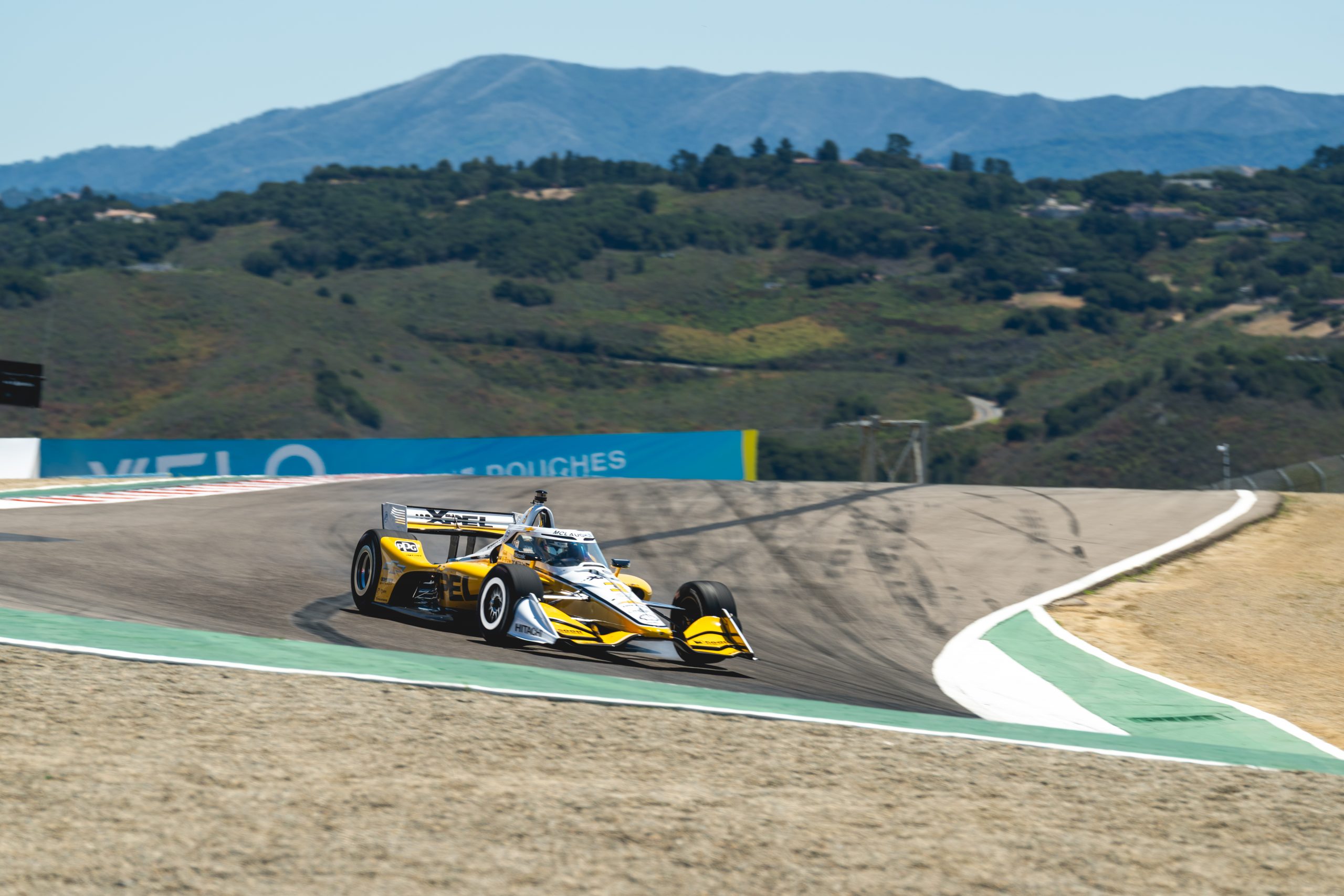
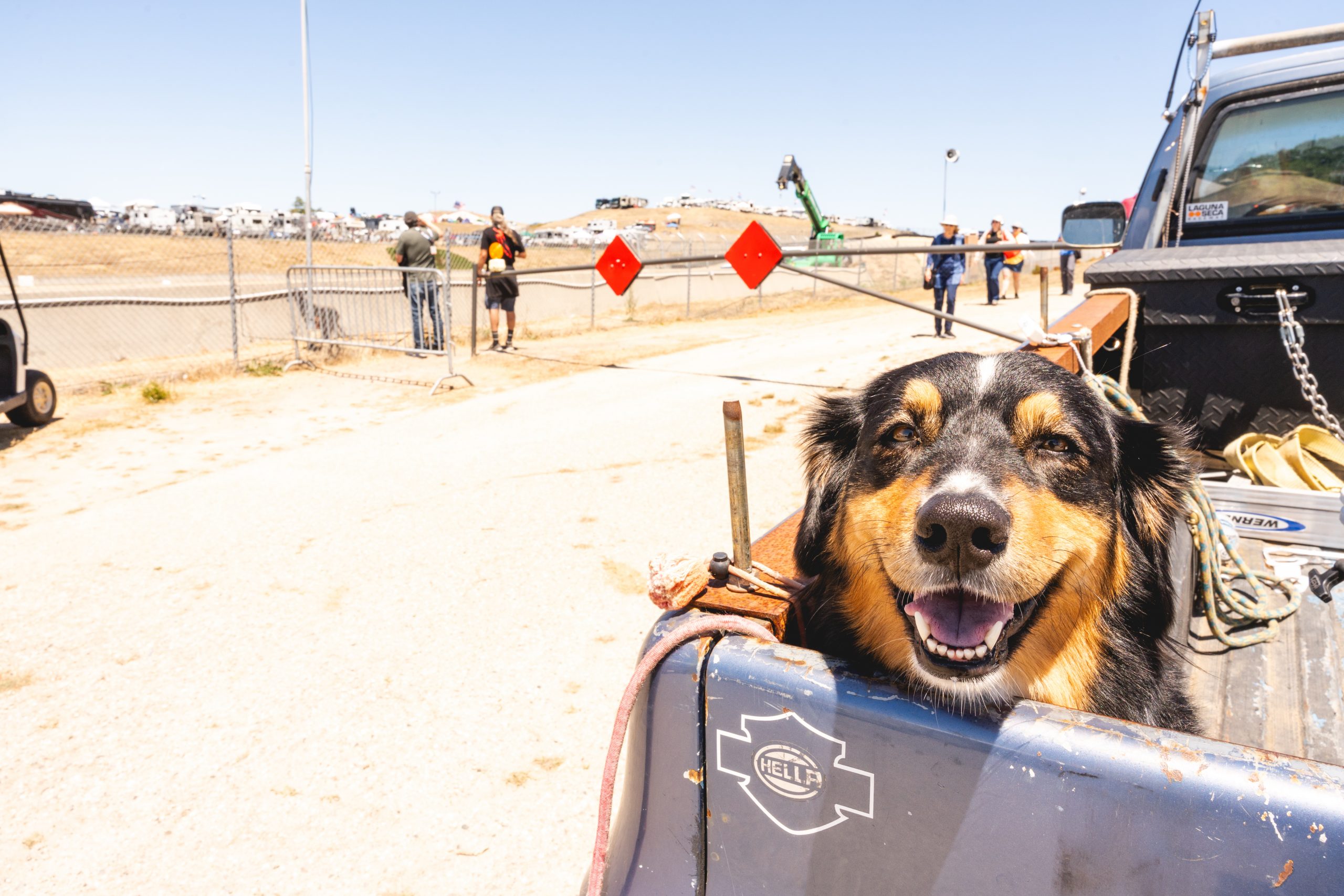
This post includes an affiliate link. If you purchase anything via this link, we may get a commission.








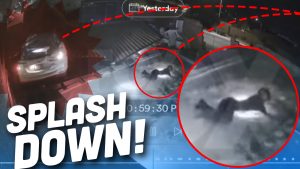
My high school was just over the hill from Laguna Seca (farther driving distance on Hwy 68 than as the crow flies), and we could always hear the practice and qualifying of the various racing series. It’s just a great sound to get to listen to… I highly recommend the classic marque/historical races if they still do that. Very cool.
They also used to throw concerts there as well, maybe they still do. I saw the Grateful Dead there in the late 80s when I was in high school. Lovely outdoor setting to fry balls in…
There was talk in the 80s of using it as a US Formula 1 setting, but the transportation infrastructure and track infrastructure are both severely lacking. Great track though… but not much else. I think it’s had financial struggles from time to time.
I’d love to go to Laguna some day. Living in the Midwest it’s more of a bucket list trip than a “just give it a go” thing. But you don’t to sell me on racing, haha!
Laguna Seca is an awesome track to both watch and drive. I’ve had the good fortune to be able to drive it during one of the first EV-only track days and I’ve watched dozens of races there. It is a fantastic place! The corkscrew is indeed an amazing place to watch cars go by, particularly because they are going relatively slow, but sitting at the top of the hill with the corkscrew behind you, there is a view from the exit of turn 9 all the way around the exit of turn 5. Where else can you see that much of a racetrack. Wonderful!
Golfing: fun.
Watching golf: I have never been more bored.
Racing: fun.
Watching motorsports: I have lost the will to live.
You can race at Laguna Seca, too! I was lucky to run there several times over the years, first with Chumpcar World Series (now ChampCar) and later with Lucky Dog Racing League. Both of these are endurance racing series for relatively affordable cars. Champcar no longer stages races on the west coast, but Lucky Dog usually gets one race date at Laguna per year.
Rossi v Stoner 2008
https://youtu.be/JY9mrKR5SkA?si=IOeSW_28nFe-Y0bs
I was watching a motorcycle sidecar race at the Corkscrew, and one of them flipped over. The passenger and a course worker were looking all over for the driver?? They flipped the bike upright, the driver’s head popped up, the passenger jumped on and they took off! I later noticed that one of them had left the sole of his shoe on the track.
Loving the IndyCar (and NXT) content, Griffin.
One of the best onboards of Laguna was when, a couple years back, Cali native Colton Herta got to drive a 1998 Reynard (in which his dad Bryan won!) for a few hot laps. The sights and sounds are simply beyond description.
https://www.youtube.com/watch?v=mj_nRZduchU
Laguna Seca has been running hillclimbs UP the corkscrew recently. By all accounts, they are quite fun.
Hey, Griffin! 🙂
I made this comment re: Travis’ article last week, but turn 11 is fantastic and my favorite at Laguna Seca.
*mumble* years ago, I was stationed in Monterey and had the opportunities (plural) to volunteer as pit security at the track. 11 is a tight left-hander, so everyone slows for the turn and then absolutely hammers it down the straight: you get a good visual as the riders/drivers go through the turn and then a definite earful as they accelerate. It’s magical.
Id argue go to an indycar race anywhere. Even Detroit (track layout sucks, good pizza and coney dogs). Get a pit pass and walk around you get a fair like atmosphere.
Detroit’s layout sucks BUT it oddly makes for fun races in spite of it’s constant 90 degree turns!
Back in the day, 1969-1971, I was fortunate enough to get to see two TransAm and two CanAm races at this track. The Corkscrew was interesting, but I liked to sit on the other side of the hill and watch those big, loud cars run around the fastest part of the track.
One time, I sat close enough to the track in order to take advantage of the fact that you could see the drivers as they sped by.
Always looked forward to when Forza Motorsport had a race there. I’ve been to the track for the vintage racing as part of car week in Monterey. I loved it. I was there on Friday for qualifying, much smaller number of people, really had fun walking around. Still wish they had an “I got corkscrewed at Laguna Seca” t-shirt.
Turns 5 and 6 are definitely much harder than they look, especially 6 for me. Granted I’m usually playing it on a motorcycle game such as Ride, but it’s so hard to nail. And getting it wrong is extra punishing since it’s right into a steep climb. What a fantastic track, hope to do California Superbike School there one day.
The accessibility of Indycar is sometimes too much.
At the old San Jose GP, I was there on vendor passes with some of my cow-orkers and my boss. As we’re being shown around the car the vendor sponsored, my boss was too distracted chatting up the vendor and tripped over the car. Thankfully the car wasn’t damaged but the crew was none too pleased with us.
I went to Indycar at Laguna Seca with my gf this year and she was amazed that they just wheel the cars through the crowd and you can get right up next to them.
Laguna Seca has some great races on two wheels as well. MotoGP needs to start racing at Laguna Seca again. The Casey Stoner vs Valentino Rossi battle in 2008 was truly epic
https://www.youtube.com/watch?v=JY9mrKR5SkA&pp=ygUbcm9zc2kgdnMgc3RvbmVyIGxhZ3VuYSBzZWNh
When my office was just up the hill in Ryan Ranch you could hear the races if you were outside, just barely. During any event it was just electric there.
You misspelled “Road America”. 😉
Sorry, just stumping for my home track, which most certainly must rank among the world’s greatest (you know the layout is good when it’s been unchanged since 1955).
But, to your point, the way to get casual fans, or non-fans alike, to truly understand what racing is, you gotta get them to the actual track. A good facility helps. I’ve taken numerous first timers to R/A, and each has responded the same: “I get it now.”
If you’re going to go to Road America, you gotta eat the food. Are the food stands still run by local groups? Good stuff!
They sure are! The food there is amazing. Arrive hungry.
I spent Wed-Sat at the track last week and it was without question one of the best weeks of my life. I was in heaven. My head was on a swivel and I took something like 3000 photos (not exaggerating).
I brought my buddy whose a car guy, but not exactly a race fan… now he wants to buy a race car and run historics with it haha.
If you are standing on the top of the hill near the corkscrew, you have about a 300-degree view of the track. Much like watching a three-ring circus, if you are there with friends, there is always something happening behind you.
Also at Laguna Seca, there are some elevation changes where, if the driver is going too fast, they will become airborne just before a turn, occasionally with the front wheels pointing in the wrong direction when grip is restored. Tricky https://www.thoughtballoon.com/hugh/crash/
That happened on the hill leading to the corkscrew that hardly anyone watches because you can’t see the rest of the track from there.
Great article but I’m surprised that, coming as it does right after Monterey car week, it doesn’t mention the classics races they run there during the aforementioned.
If you’re not particularly invested in any series or drivers and want to know what it’s all about I can’t but recommend dropping by for the classic races. You get to see on the same day everything from pre-Great-War boilerpots made of rattle and wood to early 21st century LeMans prototypes. And as the article mentions you can just walk around it all in the paddock, learning and seeing what it’s all like up close.
And you don’t know what loud means until you’ve been standing a hundred feet away from a dozen 60s-70s formula 1 cars flooring it out of turn 4. The God of thunder and the Goddess of bees had a child, and she gives her blessing.
Laguna Seca is awesome. I finally got out there a couple years ago for the Indy race with my dad. The big standout for me was just how much viewing you could do all around the track and how accessible it was. So many great places that you can be up close and yet still be able to see other parts of the track easily. Some tracks you grab a seat and only see a few turns, but there it seemed like you always had a great vantage point of seemingly half the track.
Hopefully someday I can get out there with one of my cars and do a track day and really experience it.
Same idea with Barber Motorsports Park, there are basically no permanent grandstands, just bunch berms and semi-natural amphitheatres with views of at least half the track from almost everywhere. I haven’t been to Indy there in several years since it’s gotten so crowded.
I love cars, but I find attending races really, really boring after about an hour — but a good view and a nice, shady spot to relax makes a huge difference!
I’m a diehard race fan but I get it. Honestly, this is what makes tracks like Laguna Seca (and Barber) so great IMO. You’re not stuck at the same spot all day, it really increases your viewing experience being able to freely move around.